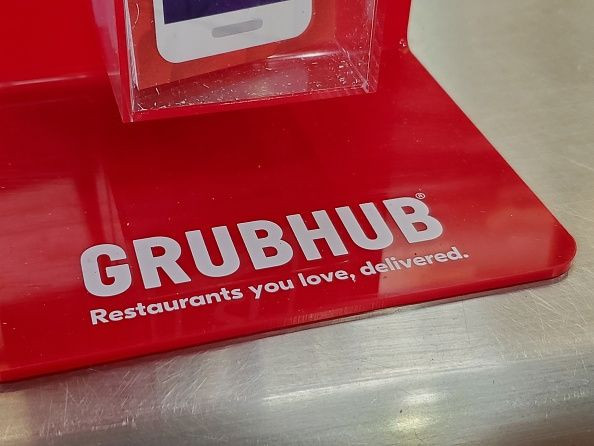Can Coronavirus Be Spread Through Food Or Food Packaging? What The FDA, CDC Have To Say

In the wake of the spread of coronavirus, many have been encouraged to not leave their homes for anything but essential services. Restaurants, as a convenient source of food, have been deemed to be essential alongside institutions alongside grocery stores and gas stations. Nevertheless, to enforce social distancing, many locations have stopped providing sit down options and instead moved to takeout and delivery exclusively.
But do groceries and food delivery still present a risk of spreading Covid-19? Not likely, according to health experts.
"Because of poor survivability of these coronaviruses on surfaces, there is likely very low risk of spread from food products or packaging that are shipped over a period of days or weeks at ambient, refrigerated, or frozen temperatures," the Centers for Disease Control and Prevention notes on their website.
Dr. Ian Williams, chief of the Outbreak Response and Prevention Branch of the CDC, explained that people have little to fear about food or its packaging during this pandemic.
“There is no evidence out there that, so far with [Covid-19], that its foodborne-driven or food service-driven,” Williams said in a webinar on March 10. “This really is respiratory, person-to-person. At this point there is no evidence really pointing us towards food [or] food service as ways that are driving the epidemic.”
Both the CDC and the Food and Drug Administration have confirmed that they are not aware of any cases where a patient contracted the novel coronavirus from food, be it takeout or groceries.
While experts say that there is always a risk of getting the illness while picking up food from a restaurant or drive-thru window, the risk is considerably lower than with most other avenues of exposure. Harvard Health said that instances of catching Covid-19 from food “would more likely be the exception than the rule.”
While employees at restaurants might get sick, most are taking the situation seriously and allowing these workers to stay home, in-line with the suggested practices put forward by experts.
“I want to be clear that food or the packages could carry the virus, but the risk of transmission is very, very low,” said Benjamin Chapman, a food safety specialist. “This is a remote possibility and thousands if not millions of times less likely than any of the other exposure routes. Really, really low risk.”
Should all else fail, consuming the virus through food is still very unlikely to lead to infection, as it is difficult for such pathogens to survive the body’s digestive system. Furthermore, Harvard Health said that the virus would likely be killed during the preparation of hot foods, meaning that cold foods like salads would be more likely to carry it.
© Copyright IBTimes 2025. All rights reserved.





















